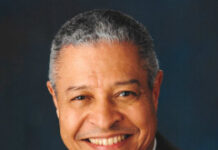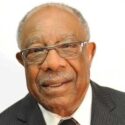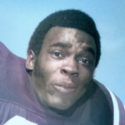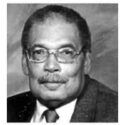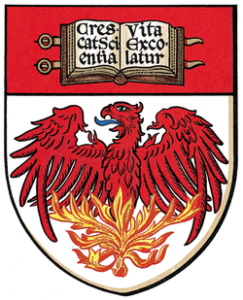 A University of Chicago scholar and a team of students have created an interactive map detailing the 1919 Chicago race riots. On July 27, 1919, Eugene Williams, a Black teenager, crossed an imaginary color line in the water at the 29th Street Beach. White residents threw stones at him to prevent him coming ashore, which resulted in the teenager drowning. His death sparked the largest race riots in Chicago history, a week that caused 38 deaths and hundreds of injuries. The new map shows where the deaths and injuries occurred, as well as original newspaper articles and photos from the riots.
A University of Chicago scholar and a team of students have created an interactive map detailing the 1919 Chicago race riots. On July 27, 1919, Eugene Williams, a Black teenager, crossed an imaginary color line in the water at the 29th Street Beach. White residents threw stones at him to prevent him coming ashore, which resulted in the teenager drowning. His death sparked the largest race riots in Chicago history, a week that caused 38 deaths and hundreds of injuries. The new map shows where the deaths and injuries occurred, as well as original newspaper articles and photos from the riots.
For their project, the research team originally planned to rely on coroner’s reports, but the Cook County Medical Examiner’s Office lacked a comprehensive list of those killed during their riots. So, they decided to pair what they found in the coroner’s reports with information from newspaper archives, mostly from the university library’s Special Collections Research Center. Additionally, the researchers also used information from The Negro in Chicago, a 1922 study produced by the Chicago Commission on Race Relations that investigated many of the deaths and injuries.
According to the researchers, the new map highlights how Chicago’s Black residents were at risk of being victimized across much wider swaths of city, which could indicate that Black workers were attacked for venturing outside of their own neighborhoods. In comparison, White deaths and injuries were more spatially concentrated. Additionally, out of the 38 people who died during the riots, 23 were Black. The researchers believe their map could help other scholars examine the history of segregation and how it was enforced through violence.
“It’s quite possible that the 1919 race riot actually formed Chicago’s neighborhoods,” said John Clegg, an assistant professor at the university who led the project. “It’s a possibility that we want to investigate: Why do certain streets, certain blocks remain these ultra-segregated places across generations? They have almost a physical memory of this long history of racial violence.”
The map was developed with help from VUE Hackathon, a data visualization project supported by the Neubauer Collegium and hosted at the university’s Research Computing Center. It has been featured by the Newberry Library, which has organized a yearlong event series that reflects on the riots and how they continue to affect the experiences of Chicago residents. The map may be accessed here.
